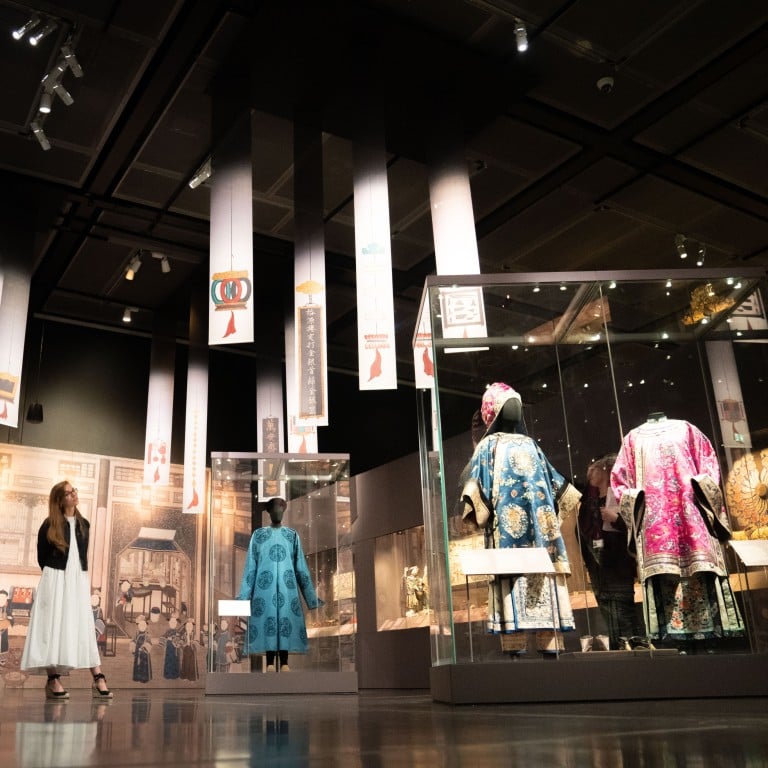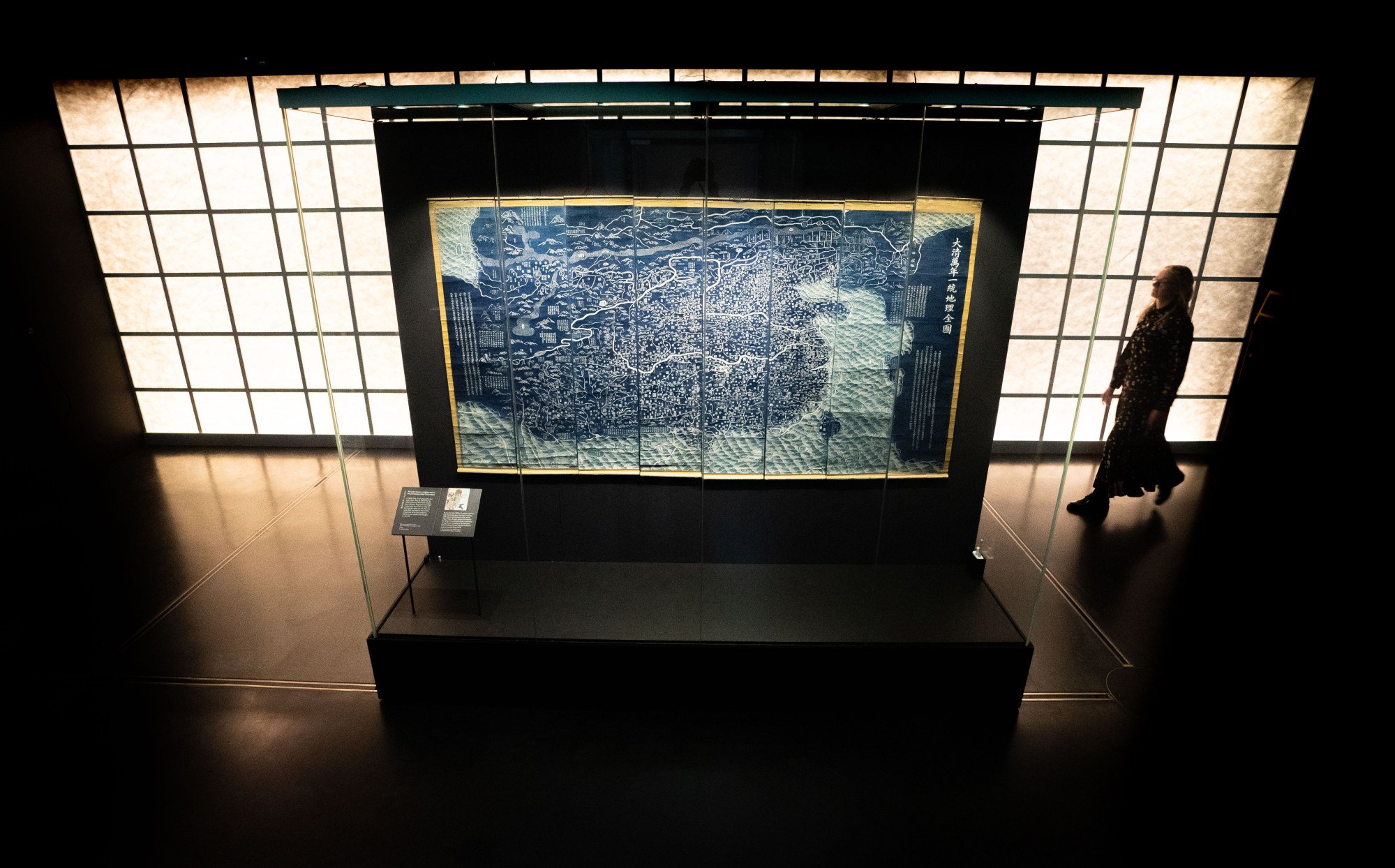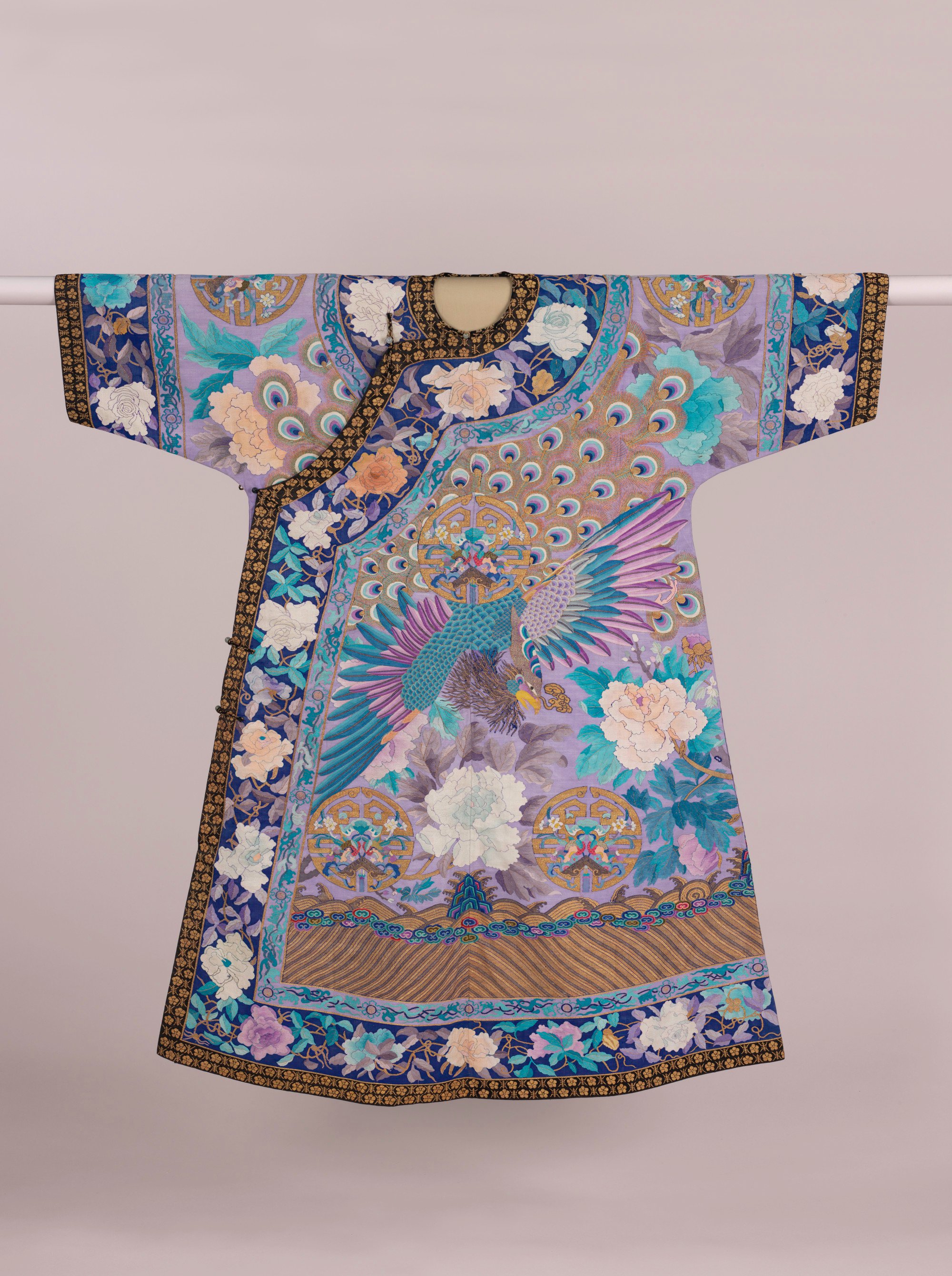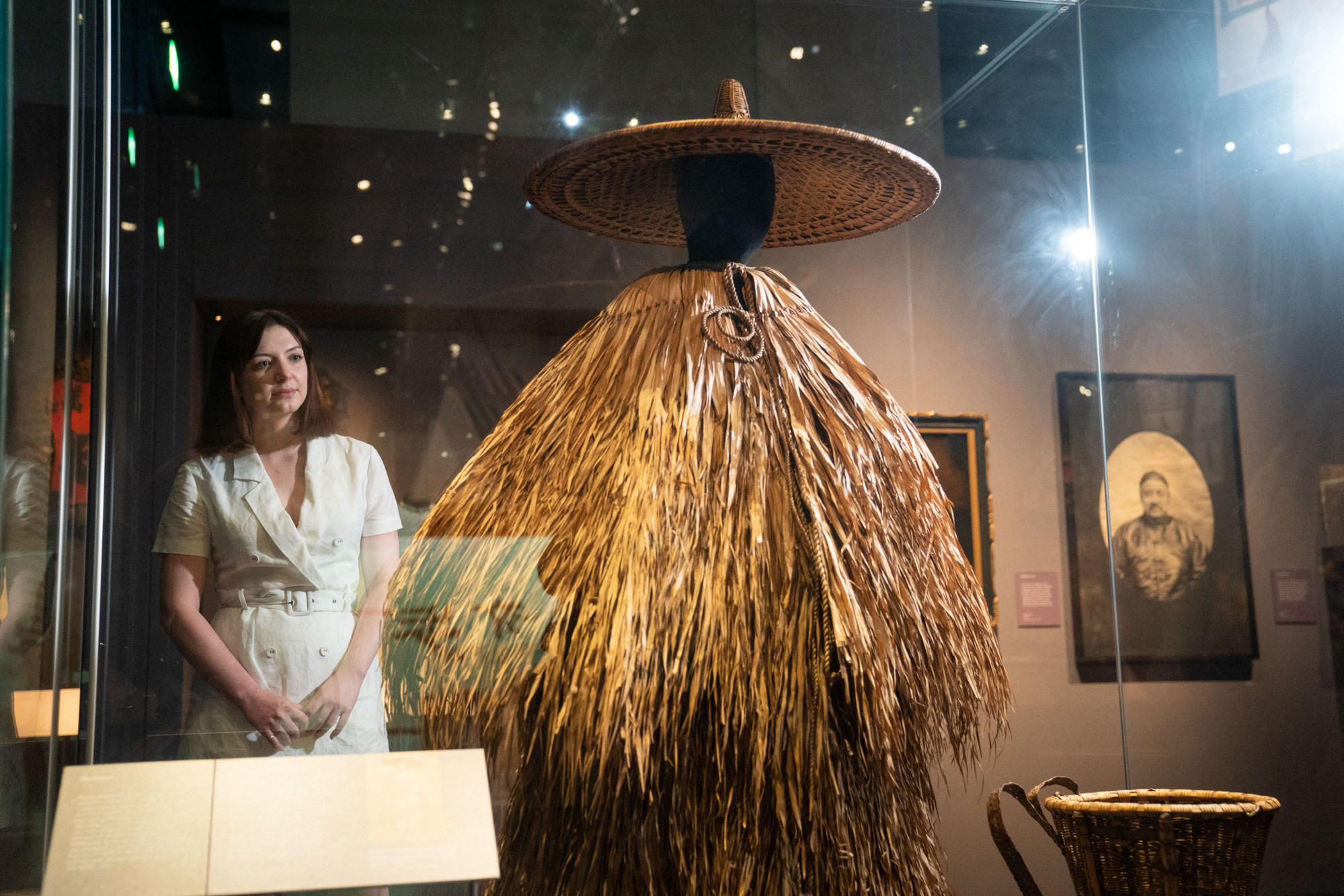
Late Qing dynasty China brought to life in British Museum exhibition about the century leading up to the end of imperial rule
- The 100 years leading up to the end of the Qing dynasty were turbulent but a period in which creativity flourished, as ‘China’s Hidden Century’ exhibition shows
- Through clothing, art and documents, the British Museum exhibition presents a well-rounded picture of the decades before China became a republic
China’s Qing dynasty began in a blaze of glory. Founded by the Manchus in 1636, at its peak it ruled over one-third of humanity.
Two centuries later, the dynasty was beset by civil unrest, British meddling, the opium wars, then the Boxer Rebellion and the first Sino-Japanese war in which millions were killed. By 1912 the Qing dynasty had collapsed, bringing an end to more than 4,000 years of dynastic rule in China.
A new British Museum exhibition, “China’s Hidden Century”, uses more than 300 objects to tell the story of this volatile period.
“There has never been an exhibition which focuses on 19th century creativity and resilience, and brought textiles, furniture and silver together,” says Jessica Harrison-Hall, head of the China section at the London museum. “We borrowed from 30 international lenders, and researched for a period of five years with some 200 scholars across 20 countries supported by a further 200 people.”

The object welcoming visitors at the entrance to the exhibition is revealing: the 1800 map of the Qing empire called the “All-Under-Heaven Complete Map of the Everlasting Unified Qing Empire”– a striking blue chart extending over eight scrolls.
Europe is barely visible in the margins.

By this time, the empire was already riven with cracks.
Perhaps the most striking exhibit is the Empress Dowager Cixi’s gown, a glorious creation in turquoise and pink from around 1880 with a swooping phoenix on the back.

Cixi had hundreds of gowns, and often changed them several times a day.
She would later be called a despot, but she was a patron of the arts, and the exhibit displays various works that she commissioned, from paintings to porcelain.
Along with luxurious clothing and tiny shoes used for foot binding – the Chinese custom of breaking and binding young girls’ feet to change their shape – there are everyday objects that speak to the life of ordinary people of the time: farmers, artisans, soldiers, housewives.
Harrison-Hall calls this an exhibition “that brings people out of the shadows into the light”.
The first portrait of China’s feared empress dowager was by … an American?
There is, for instance, a display of thumb rings used by Manchu archers and cavalrymen – mundane objects, but each beautifully carved in either jadeite, chalcedony, ivory, horn or boxwood, for all budgets.
In the 1870s, drought and famine struck, along with extreme weather. Among the items on show is a crude raincoat made of bamboo, palm and rice fibre of the type worn by farmers, fishermen, street cleaners and the working class – a great contrast to the silken robes of the emperors.

At the same time, artists began to take to landscape and portrait painting, mixing Chinese traditional art with Western influences.
Two 1876 portraits of a stern and forbidding couple dressed in blue, businessman Lu Xifu and his wife, Lady Li, are done in the traditional Confucian style, but inspired by Western portrait photography. They were painted by an unidentified artist, probably in Guangzhou, in southern China.


An 1861 painting of a Pekinese dog that was brought to England at the time of the looting of Beijing’s Summer Palace and presented to Queen Victoria is displayed next to graceful jade fragments salvaged from the palace. The dog was unapologetically called Looty.
Two massive blue cloisonné vases, more than seven feet (2.13 metres) tall, dominate the exhibit. These were sent to Great Britain’s King George V and Queen Mary for their coronation in 1911 by the last Qing emperor, Puyi. By then, the dynasty was on its last legs.
Judging by the crowd on the day the Post visited the exhibition, it is drawing many visitors of Chinese origin, including tourists. Younger visitors say it has opened their eyes to the scale of colonial domination.
Inside the lives of China’s empresses and the power they wielded
“I found the exhibition interesting because I had never heard of the Qing dynasty before,” said a 14-year-old student from Hong Kong studying at a British boarding school. “I also found the information about the opium trade fascinating.”
The exhibition was designed to conclude with yet another hidden facet of a changing China, an exhibit about writer Qiu Jin.
‘Work from home’ for Chinese emperors wasn’t as fun as you might think
A woman born in 1875 who supported the republican cause but also the cause of her sex, Qiu wrote: “The young intellectuals are all chanting, ‘Revolution Revolution’ but I say the revolution will have to start in our homes, with achieving equal rights for women.”
Qiu became a heroine in China. She was executed by beheading in 1907, but her cruel fate only helped sway more people to the republican cause. Barely four years after her death, the Qing empire collapsed, and China became a republic.
The “China’s Hidden Century” exhibition runs until October 8, 2023.

